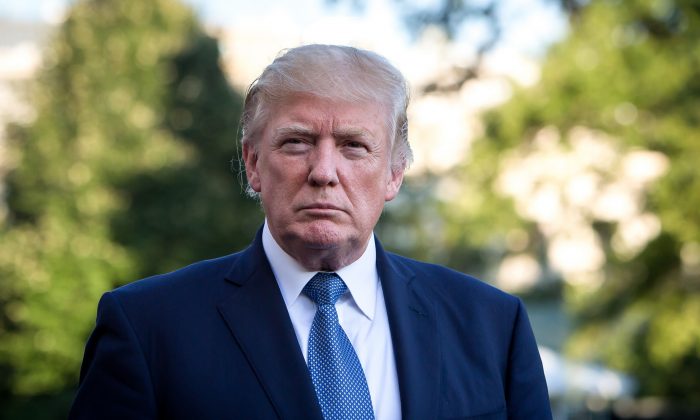The White House unveiled the economic component of its Middle East peace plan on June 21, in an effort to help build a prosperous, robust, and empowered Palestinian society.
The plan called “Peace to Prosperity” is made up of three initiatives, focusing not only on helping the Palestinian people unleash their economic potential, but also empowering them through initiatives like further education and workforce development, and enhancing Palestinian governance and the essential services and administration they provide.
According to the White House, the plan has the potential to facilitate more than $50 billion in new investment over ten years and represents the most ambitious and comprehensive international effort for the Palestinian people to date.
Capital raised is to be placed into a fund administered by a multilateral development bank.
“Accountability, transparency, anti-corruption, and conditionality safeguards will protect investments and ensure that capital is allocated efficiently and effectively,” the Trump Administration said (pdf).

The “peace to prosperity” plan is set to be presented by White House senior adviser Jared Kushner at an international conference in Bahrain next week.
Economic Potential
The first economic component aims to set a new foundation for the Palestinian economy through policy reform and strategic infrastructure investment to improve the business environment and bolster the private sector.
A large portion of the initiative focuses on the development of property and contract rights, rule of law, and capital markets. It also plans to implement anti-corruption measures, a pro-growth tax structure, and a low-tariff arrangement with reduced trade barriers.
The objective is to provide infrastructure with affordable clean water, electricity, and telecommunications services. Training and maintenance assistance for authorities will also be addressed.
According to the plan, billions of dollars of investment will be channeled into the Palestinian economy, providing much-needed capital to businesses and connecting them with key trading partners to end the current unemployment crisis and transform the region into a center of opportunity.
One milestone the plan hopes to achieve is to increase Palestinian exports as a percentage of GDP from 17 to 40 and to increase the foreign direct investment share of Palestinian GDP from 1.4 percent to 8 percent.
Another major aspect of the plan to “unleash economic potential” in the region is to improve transportation to open up trade between the West Bank and Gaza with global and regional markets.
There is also incentive to promote tourism, agriculture, housing, manufacturing, and natural resources.
Empowering the People
The second component of the ‘Peace to Prosperity’ plan aims to support the Palestinian people to pursue their goals and ambitions through enhancing opportunities for quality education, workforce development, and improving quality of life in areas like healthcare.
The initiative intends to improve the training of educators and the expansion of educational opportunities to underserved communities. It also aims to provide financial incentives to develop improved academic standards and curricula.
The initiative strives to strengthen the workforce by reducing the unemployment rate and offering development programs. Apprenticeships, career counseling, and job placement services were identified as focus areas to help people meet their goals.
Providing access to quality healthcare and medicines by upgrading clinics and hospitals with the latest healthcare technology and equipment is another key point of the plan. Art and culture, music, sports, and municipal services were also identified as important areas to support.
Some milestone goals the incentives hope to achieve include increasing female labor force participation from 20 to 35 percent, increasing average life expectancy from 74 to 80 years, and establishing at least one Palestinian university in the global top 150.
Enhancing Governance
The third initiative is geared toward improving the public sector’s ability to serve its citizens and encourage private-sector growth.
Upholding property rights, improving legal and regulatory frameworks for businesses, and reforming the tax structure are key points in the initiative.

Institution building with accountability and transparency, as well as judicial independence, were mentioned as cornerstones of the plan to enhance Palestinian governance.
The initiative also noted the goal to improve the fiscal stability of the public sector so that it can sustainably care for its workers while providing efficiency in the delivery of services.
The plan specified a goal of achieving a World Bank Doing Business ranking of 75 or better which it was would be reliant on support from the international community and be up to the Palestinian people to implement.
“Only through peace can the Palestinians achieve prosperity,” the website said.
Reuters contributed to this article.

